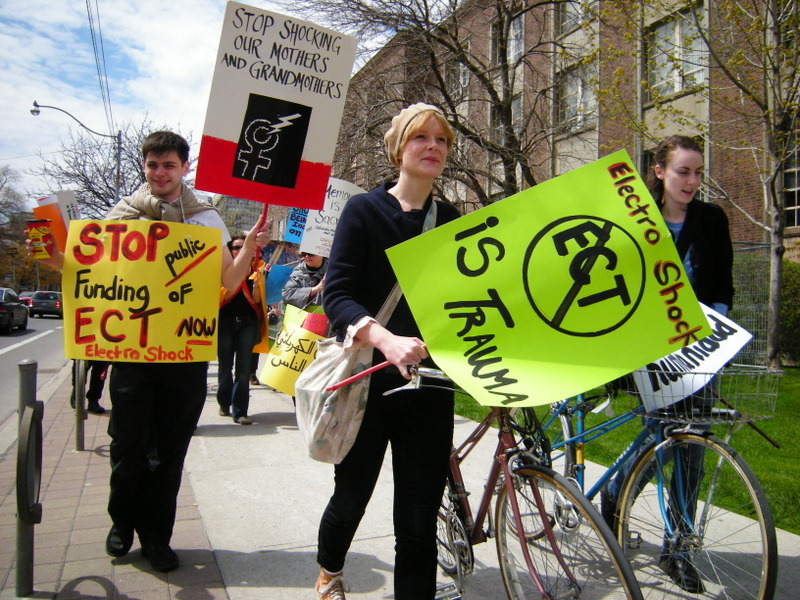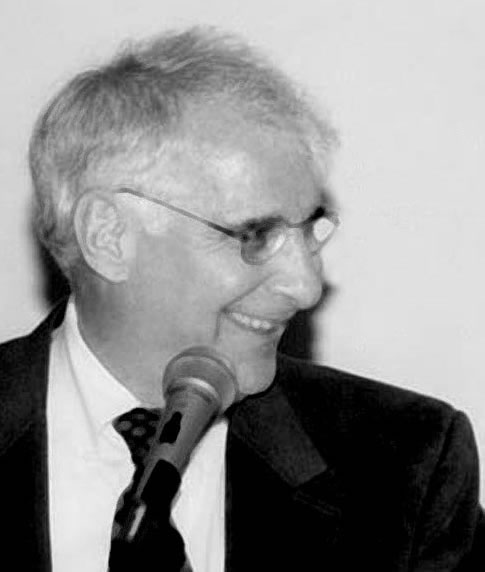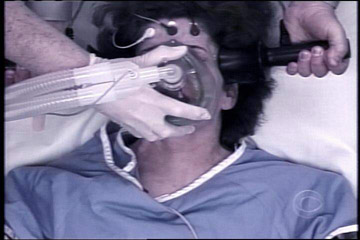
At annual convention, psychiatrists collaborate on mental disease mongering to boost profits
While sipping drinks from coconut shells, psychiatrists from around the world recently met in Honolulu to discuss more ways to capitalize on human behavior and promote drug dependency. The occasion was the annual meeting of the American Psychiatric Association (APA), held in a Hawaiian convention center lined with mental disorder displays and pharmaceutical booths.




